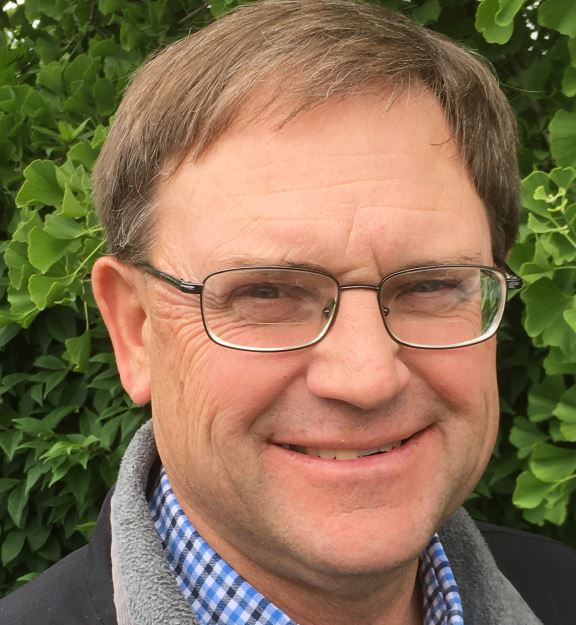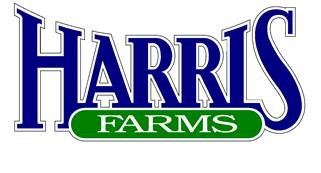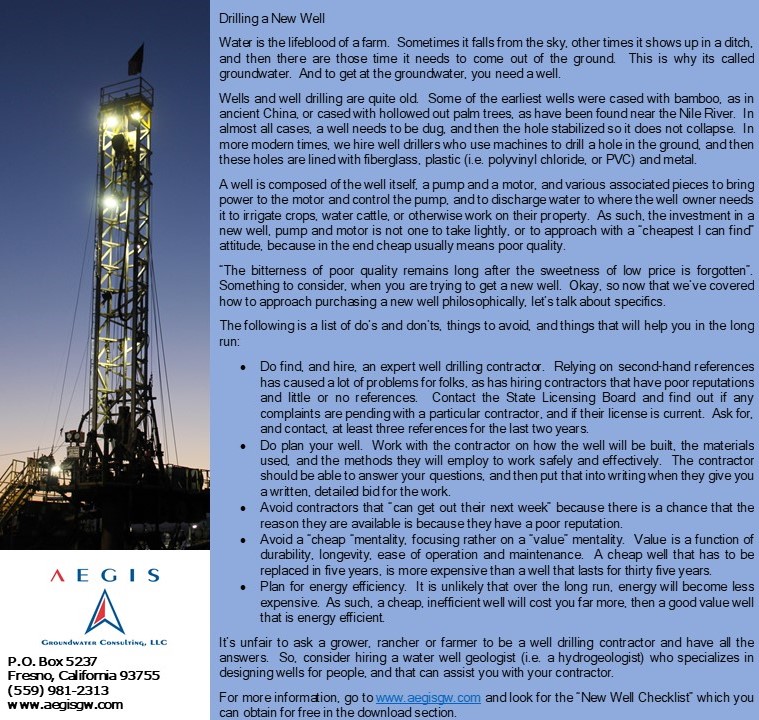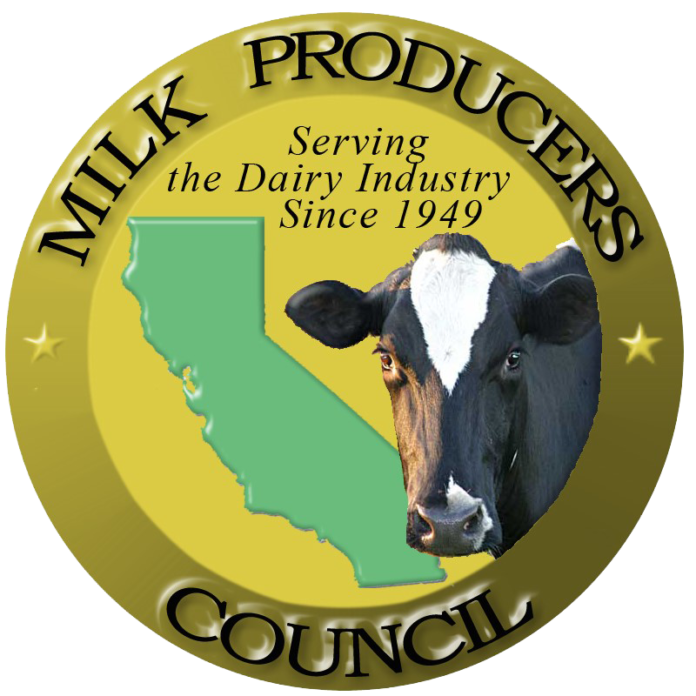 The Sustainable Groundwater Management Act – What Does it Mean for Dairies in the Central Valley?
The Sustainable Groundwater Management Act – What Does it Mean for Dairies in the Central Valley?
By Geoff Vanden Heuvel Director of Regulatory & Economic Affairs
May 31, 2019
One year ago, the Milk Producers Council Board of Directors charged me with the responsibility of being the dairy industry’s eyes, ears and advocate in the implementation of the Sustainable Groundwater Management Act (SGMA). Over the past 12-months of traveling Highway 99, I have attended nearly 300 water meetings – sometimes as many as 4 or 5 per day – to cover the water story in dairy areas of the Central Valley. We have dairies located south of Bakersfield and all the way up to Stockton that are in parts of the Central Valley considered by the state of California to be in a “critically overdrafted” condition. This “critically overdrafted” designation triggers a requirement under SGMA that these areas produce a plan that will, by the year 2040, eliminate overdraft and create a situation that prevents the occurrence of the “undesirable results” caused by mining groundwater.
Every acre in California that sits over groundwater is part of a Groundwater Sustainability Agency (GSA). GSAs in “critically overdrafted” basins must complete a Groundwater Sustainability Plan (GSP) by January 31, 2020. This plan must identify how much native water there is in their area and how it is currently used. And it has to contain a plan for how the undesirable results that come from being in a “critically overdrafted” condition can be eliminated by the year 2040.
Here is what I have learned that is relevant to dairies. First, the amount of native groundwater that can be sustainably pumped in this part of the Central Valley ranges from about 4 to 10 inches per acre, per year depending on where you are specifically located. Many areas have access to surface water that can be used, which is in addition to the native groundwater. All the  GSPs in development include projects that seek to obtain more surface water, particularly in wet years like this one, to put into the ground to supplement the native groundwater. Access to surface water is not evenly distributed throughout the Central Valley, so some dairies are in pretty good shape and others are much more vulnerable to any coming restrictions on groundwater pumping. Knowing what GSA you are part of is very important. I can help you with that if you do not know. You can also locate your GSA at the Department of Water Resources SGMA Portal at www.sgma.water.ca.gov.
GSPs in development include projects that seek to obtain more surface water, particularly in wet years like this one, to put into the ground to supplement the native groundwater. Access to surface water is not evenly distributed throughout the Central Valley, so some dairies are in pretty good shape and others are much more vulnerable to any coming restrictions on groundwater pumping. Knowing what GSA you are part of is very important. I can help you with that if you do not know. You can also locate your GSA at the Department of Water Resources SGMA Portal at www.sgma.water.ca.gov.
Secondly, an important reality not widely understood is that the actual footprint of your dairy itself – the corrals, the milking barn, the feed storage pads and feed alleys – have zero consumptive water use. The only water that is lost on a dairy operation is in the milk that is sold off the farm and the  water contained in the body of the cow when it is shipped off the dairy for culling. This is a minimal amount of consumed water. The water that is provided by your wells for the milking part of your operation is not consumptively used until it ends up in your lagoon and is then put on a crop for irrigation water. This means that if a dairy imports all of its feed and exports all of its manure nutrients it can operate in a post SGMA world where pumping is restricted to the native groundwater only. But that is not where we want to go. And we have until 2040 to fully comply with SGMA. Groundwater pumping restrictions are likely to be phased in over time to provide a glide path to ultimate SGMA compliance.
water contained in the body of the cow when it is shipped off the dairy for culling. This is a minimal amount of consumed water. The water that is provided by your wells for the milking part of your operation is not consumptively used until it ends up in your lagoon and is then put on a crop for irrigation water. This means that if a dairy imports all of its feed and exports all of its manure nutrients it can operate in a post SGMA world where pumping is restricted to the native groundwater only. But that is not where we want to go. And we have until 2040 to fully comply with SGMA. Groundwater pumping restrictions are likely to be phased in over time to provide a glide path to ultimate SGMA compliance.
Dairy Takeaways
First, every dairy that is in a vulnerable position needs to be thinking about how it is going to handle its manure nutrients if ultimately the land area you use today cannot continue to be actively farmed because of groundwater pumping restrictions. The need to export more manure nutrients is likely going to be a requirement of the Central Valley Regional Water Quality Control Board Dairy Permit for dairies that don’t have sufficient crop acreage for balancing manure nutrient applications with crop nutrient demands. SGMA just accelerates a process that is already going to be necessary.
Secondly, you should be proactive about taking advantage of whatever surface water opportunities might be available in your area. In years like this one, where there are flood water opportunities in many places, getting that water and percolating it into the ground is something that should be done. Be sure to keep records of what you have done, i.e., how much extra water you took and when and where you recharged it into the ground. This will have potential value down the road when GSAs actually put their plans in place, possibly giving you credit for this water. Right now, before the plans are in place, there is no way to give you credit, but ultimately the success or failure of a Groundwater Sustainability Plan will be judged on what actually happens to well water levels. So anything that can be done to keep those levels from falling will be a good thing for you and your neighbors.
SGMA will change the Central Valley. My observation is that most GSAs will spend the next few years improving their understanding of what is going on with the groundwater and working on supplemental water supply projects. Some GSAs will implement specific pumping rules right away but will allow extra pumping over the native yield for some time, letting people figure out how to adjust. The actual plans will be released by all the GSAs by late summer and will be subject to a public comment period. At that time, we will have more specifics on the make-up of the plans.






























